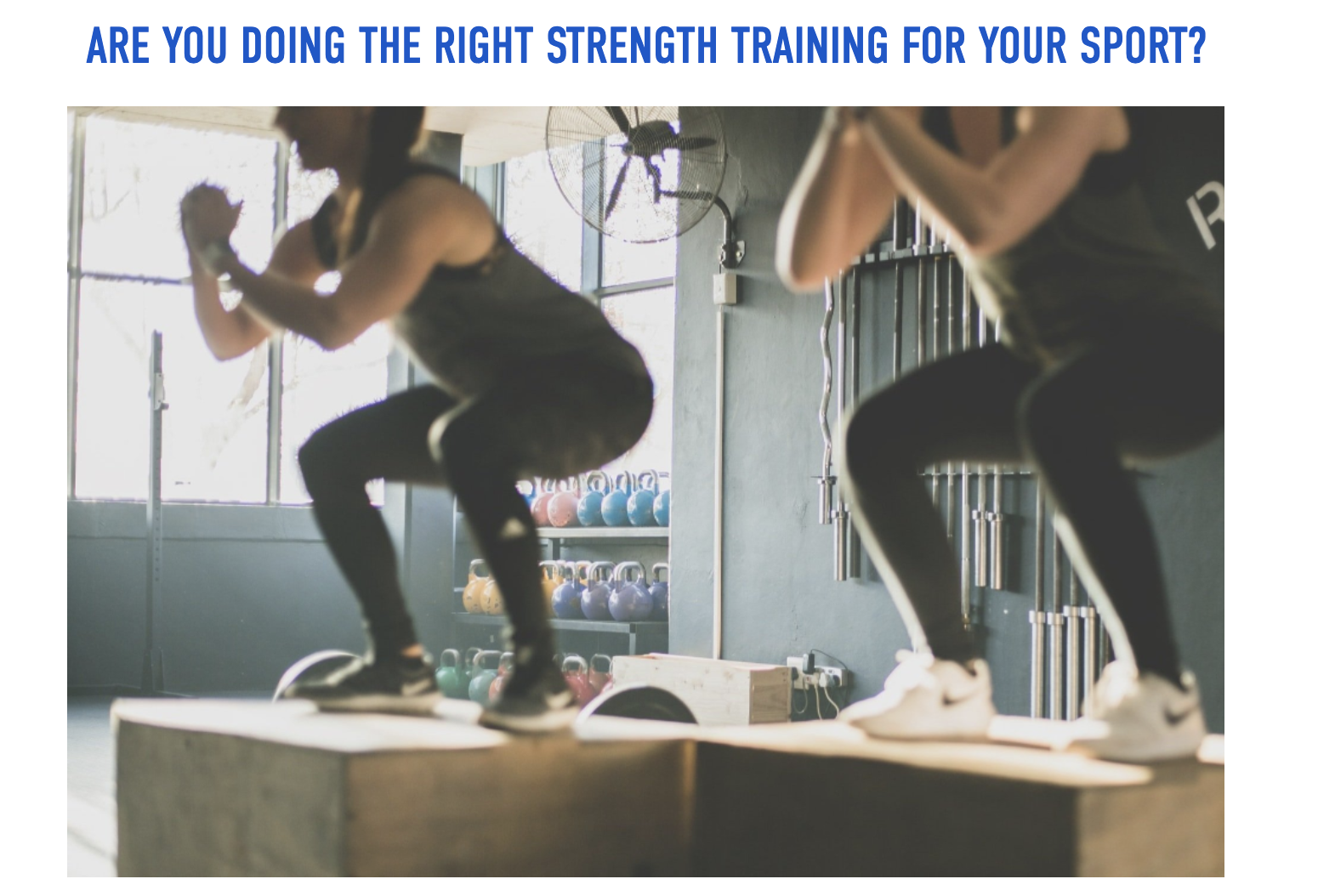CONSIDERATIONS WHEN STRENGTH TRAINING IN A GROUP ENVIRONMENT
Group training environments can be motivational, fun and enjoyable and we can’t ignore the benefit that these characteristics can bring many athletes. However training in a group environment can also require a lot of strength, experience and maturity to know when enough is enough, and not continue to increase the load or intensity due to pride or natural competitiveness.
Many of us are used to running, cycling and swimming with others, so how does it differ when it comes to your strength sessions?
Essentially we want to get to a point where you can trust your judgment, and say “ No, that’s good for me” - that’s a powerful position to be in. To have the ability and confidence to know where you're at and what you're good for. Sometimes you can push through, and that’s needed, but other times it's very easy to get pulled along in the wrong direction, doing too much and risking injury.
We’ve highlighted three areas below that’ll ensure you’re staying in control during your group sessions…
1. Specificity
Understand what you need to be working on and where your weaknesses lie - ie. is it lower back strength, hamstring strength, shoulder mobility? How do you know what you should be working on? Start by working through a movement screen and bodyweight testing and then periodically re-test and adapt program accordingly
Make sure you’re attacking these areas of weakness with appropriate loads and intensity to achieve optimal results and prevent injury. Work with weights that will allow you to work with quality technique and optimal range of motion.
Ensure that you are training for your goal/ sport and not someone else’s, your approaches may need to be very different
Remember, having a general approach to things will only bring you general results!
2. Comparison
Comparison can be the thief of joy, don’t get caught up in what someone else is doing
Accept that there may always be someone who can move better than you, move faster and lift more
Remember that we are all at different stages of our journey, whether it be coming back from injury, a variety of training experience or the phase of training you’re in
Ensure that you are progressing your weights and intensity appropriately, not just because someone else is
Having a strong coaching figure/ person of accountability can help reinforce your mindset, reassure you and give you confidence that what you are doing is enough
3. Focus
Aim to perform each session with intent, don’t just go through the session blindly. What are you doing and why are you doing it?
Remember, to achieve your desired outcome is going to require attention to detail, an adequate level of intensity and moving within optimal ranges of motion
A distracting environment, chatting to others, looking at phones can compromise your focus, reduce effectiveness and increase the risk of injury




